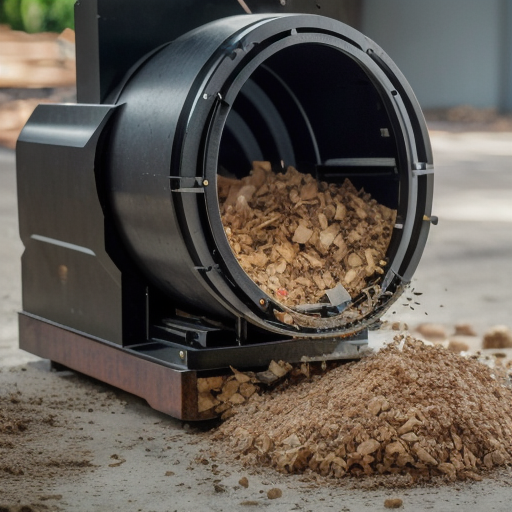Navigating the world of industrial machinery requires tough decision-making, with one of the most critical being the choice between carbide and steel ‘Wear Parts.’ The materials that make up these crucial components can dramatically affect overall productivity, efficiency, and even the lifespan of your machinery. To help inform your decision, this article will delve deeper, providing an in-depth comparison of these two commonly used materials for ‘Wear Parts’.
Understanding Carbide and Steel ‘Wear Parts’
At the heart of any ‘Wear Parts’ are the materials that constitute them. The primary contenders are often carbide and steel – each boasting unique properties that make them suited to specific applications.
Carbide ‘Wear Parts’ are revered in heavy-duty industries for their extreme hardness and high resistance to wear. Crafted from carbides – compounds composed of carbon and another element – these parts are typically incredibly hard. This hardness lends itself to excellent durability, even under the harshest operating conditions.
Steel ‘Wear Parts,’ on the other hand, are usually made from high-strength steel alloys. These components may not be as hard as their carbide counterparts, but they make up for it with their toughness and versatility. Offering a balance between durability and cost-effectiveness, steel ‘Wear Parts’ remain a popular choice across a variety of industries.
Comparing Carbide and Steel ‘Wear Parts’
The performance of ‘Wear Parts’ boils down to a battle between hardness and toughness. Carbide parts, with their superior hardness, provide exceptional wear resistance, making them ideal for intense wear applications like mining or drilling.
However, every strength can be a weakness when viewed from a different angle. The high hardness of carbide parts can result in lower toughness, making them more susceptible to chipping or breaking under extreme impact. Conversely, steel parts, although not as resistant to wear, shine in applications where high-impact resistance is crucial due to their inherent toughness.
Another aspect to consider is cost. Generally, carbide parts tend to be more expensive due to higher raw material costs and more complex manufacturing processes. However, their extended lifespan often offsets the initial investment over time, leading to potential cost savings in the long run.
Case Studies
To illustrate the comparison, let’s consider an example from the wood processing industry. After switching from steel to carbide cutting edges on their machinery, one company noticed a significant increase in the time between required part replacements. This improvement led to enhanced productivity and reduced overall operating costs, highlighting the potential benefits of carbide ‘Wear Parts’.
Conclusion
Choosing between carbide and steel ‘Wear Parts’ ultimately hinges on the specific application and operational conditions. While carbide parts often outperform steel in high-wear situations, steel parts may be more suitable where impact resistance is paramount. By understanding these differences, operators can make an informed decision that optimizes both the performance and lifespan of their equipment.
This process of continual learning and adaptation is what propels us forward in the industrial sphere, helping us make smarter, more efficient choices that not only boost productivity but also safeguard our machinery for the long haul.
